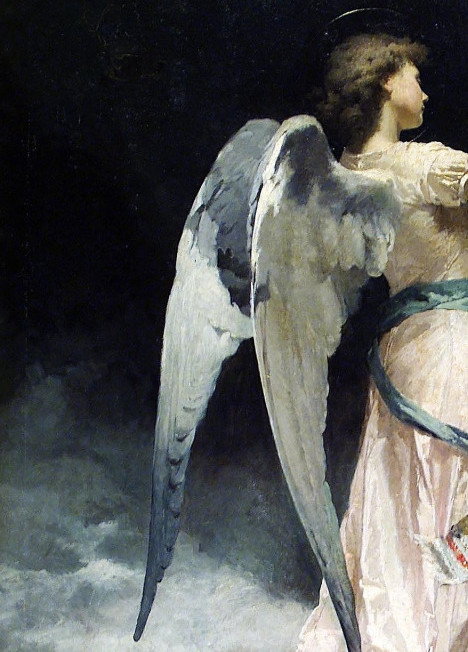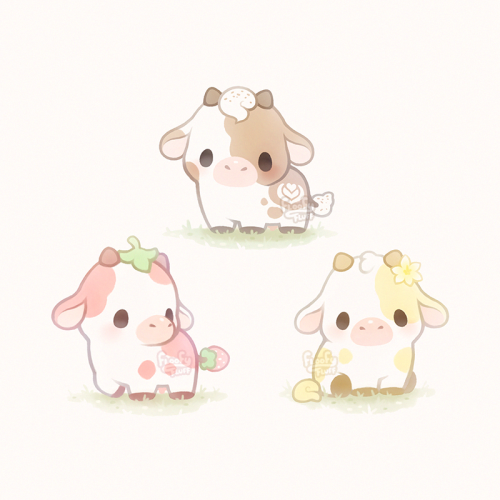Latest Posts by mystarypi - Page 3

This is the Rim Nebula! 💖💖💖
This star forming nebula has been drastically shaped by a nearby open star cluster known as NGC 6193. The rampant star formation was caused to a bunch of supernovae taking place during the last batch of stars - meaning that some of these stars are very young (only a few million years old)! 🌃🌃🌃
Taken by me (Michelle Park) using the Slooh Chile Two telescope on February 26th, 2021 at 8:42 UTC.

This is the Black Eye Galaxy! 🌌🌌🌌
The disk of this galaxy vigorously produces stars with its rapid inflow of mass into the incredibly active black hole at the center. An inner disk produces this galaxy’s distinct dust lane that gives it its name! 🌃🌃🌃
Taken by me (Michelle Park) using the Slooh Canary Two telescope on March 7th, 2021 at 4:53 UTC.

This is the Prawn Nebula! 🦐🍤🦐🍤🦐🍤
Not only does it have a strange name, but its other nickname is the "False Comet" as it has that comet-like shape. This massive stellar nursery has "O-type" stars, which are young, massive, luminous stars that die quickly due to their brightness and recycle their materials to form new stars in this nebula! 💫💫💫
Taken by me (Michelle Park) using the Slooh Chile Two telescope on March 7th, 2021 at 4:37 UTC.

This is the Cat’s Paw Nebula! 🐾🐾🐾
This nebula is glowing due to the interactions between its hot stars and large molecules known as polycyclic aromatic hydrocarbons. This makes it particularly bright in the infrared and a common target for astrophotography in the Milky Way galaxy! 🔭🔭🔭
Taken by me (Michelle Park) using the Slooh Chile Two telescope on March 7th, 2021 at 6:38 UTC.



the john rylands library

This is the Lobster Nebula! 🦞🦞🦞
Despite this creative name, there were multiple petitions to change this nebula’s name to the Madokami Nebula (named after a character in the anime Madoka Magica) and the War and Peace Nebula (named after its resemblance to a skull and dove). The core of the nebula is the Pismis-24 cluster containing very massive stars up to 100 solar masses each! ✨✨✨
Taken by me (Michelle Park) using the Slooh Canary Two telescope on February 26th, 2021 at 8:32 UTC.


February 27, 2021
A week of playing catch-up

sharing my first post shared in tumblr.







@melisscan


the day is so lovely—she’s sunlit and she’s perfect—and i don’t know if it’s the dreamy light or the magic that is monday or the fact that i remembered to drink water for the first time in a week but i’m sitting at my desk absolutely thrilled to be organizing my day and sorting through data and diving into research


i love ducks 🦆


Gioacchino Pagliei (detail)

14.01.2021 — looking forward to the next semester! i’ve signed up for cs1 and although i have some cs experience outside of school, i’ve never taken an actual cs class before so i’m curious how it’ll go.

✨💫🌠🌟🌌🚀 Thank you all so much for 10,000 FOLLOWERS! ✨💫🌠🌟🌌🚀
To celebrate, here is a collage of some of my best pictures that I have uploaded on this blog ♥ I cannot believe we just hit 10,000 followers WOWOOWWOW
Taken by me (Michelle Park) using the Slooh telescopes.




now that most of us are at home, i thought this could be useful to the ones who aren't that used to learning material on their own and aren’t sure where to start, or which order of steps to follow. happy studying! 💗
studygram




Starry Night by Vincent van Gogh
Art and astronomy are always linked
The painting Starry Night is one of the most famous icons of the night sky ever created. The scene was painted by Vincent van Gogh in southern France in 1889. The swirling style of Starry Night appears, to many, to make the night sky come alive. Although van Gogh frequently portrayed real settings in his paintings, art historians do not agree on precisely what stars and planets are being depicted in Starry Night. The style of Starry Night is post-impressionism, a popular painting style at the end of the nineteenth century. The original Starry Night painting hangs in the Museum of Modern Art in New York City, New York, USA. source


✿ these past two days i’ve been organizing and getting things done ! i recreated my “life dashboard” on notion and i’ve been taking some python notes on there as well. i also recently deleted my acnh island after having a breakdown over how horrible it was ( oops lol ) , but i’ve restarted & im having fun playing in the early stages of the game hehe ✿

This is the Whale Galaxy! 🐳🐳🐳
This galaxy’s strange shape comes from interactions with a smaller dwarf galaxy seen above it. This has resulted in high numbers of supernovae from rapid star formation blow wind and dust out of the galaxy in a “superwind”! ✨✨✨
Taken by me (Michelle Park) using the Slooh Canary Two telescope on February 8th, 2021 at 3:57 UTC.

Moocha, Srawberry, Vanilla 🐮


RED VELVET DONUTS



This is Haley’s Coronet! 👑👑👑
The interaction between the larger spiral galaxy and its dwarf galaxy have created plumes of dust around the duo. The process of the larger galaxy eating the smaller one is actually called galactic cannibalism (spooky)! 👻👻👻
Taken by me (Michelle Park) using the Slooh Chile Two telescope on January 13th, 2021 at 3:18 UTC.

This is the Rosette Nebula! 🌹🌹🌹
This is definitely the best image I have taken of this giant molecular cloud! This nebula is a star forming region with hot, blue newborn stars at its center that is shaping this region to form a beautiful flower-like shape. As seen from Earth, this nebula appears almost 5 times larger than the full Moon! ✨✨✨
Taken by me (Michelle Park) using the Slooh Chile Two telescope on January 13th, 2021 at 3:02 UTC.

This is the Pleiades in culmination! ✨✨✨
Just a few weeks ago, this cluster culminated in the south - meaning that they reached their highest point and appeared its brightest. Thankfully, the telescopes were open briefly for me to take a quick picture! ♥♥♥
Taken by me (Michelle Park) using the Slooh Chile One telescope on November 23rd, 2020 at 2:37 UTC.

This is the Eskimo Nebula! ⛄⛄⛄
This nebula is created by the death of a Sun-like star and its strange 2 layered appearance gives it a lot of creative names such as the Clown-Faced Nebula or the Lion Nebula. Even though it looks like the planetary nebula is smooth, the reality is that it has dense filaments of matter all around it! ✨✨✨
Taken by me (Michelle Park) using the Slooh Chile One telescope on December 6th, 2020 at 3:58 UTC.

This is the Tarantula Nebula! 🌈🌈🌈
For some reason, this photo really highlighted the red and blue colors of this nebula - making it look a lot more colorful. This huge star-forming region is located in our satellite galaxy, the Large Magellanic Cloud, and has hot gas up to a million degrees in temperature that shape this nebula! ✨✨✨
Taken by me (Michelle Park) using the Slooh Canary Two telescope on December 23rd, 2020 at 2:57 UTC.

This is the Box Nebula AKA The Little Gem Nebula! 📦 💎 📦 💎 📦💎
Although this planetary nebula may look small, it’s around 4 light years across! The unusual shape may be due to its orientation to us… 👀👀👀
Taken by me (Michelle Park) using the Slooh Canary Two telescope on June 19th, 2020 at 00:02 UTC.
